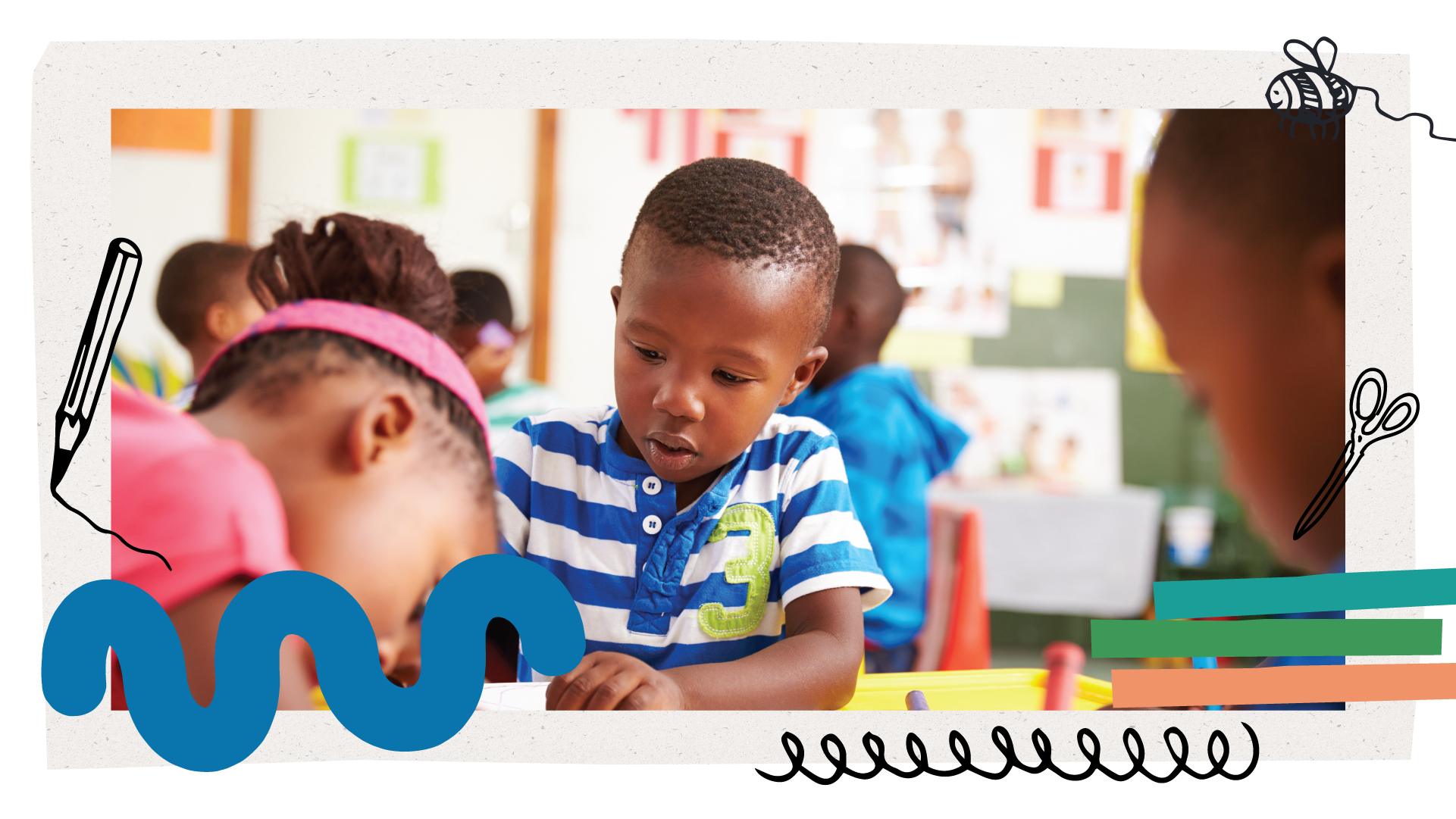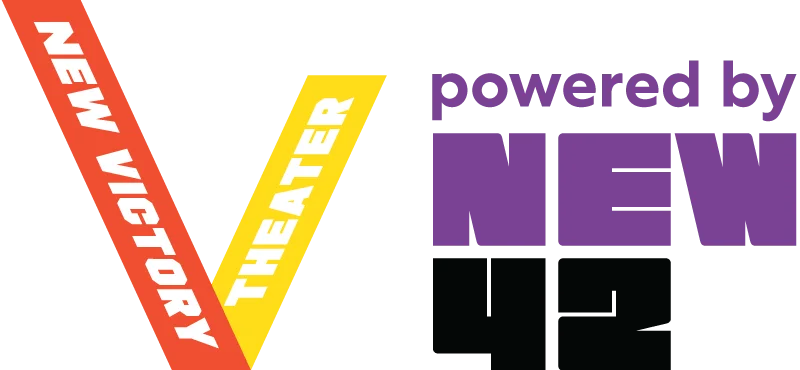Back to Resource Library Download PDF
Download PDF
You’re Being an Idiom
 Download PDF
Download PDFUse this activity to examine popular English idioms and create artistic expressions based on them.
- To begin, divide students into small groups.
- Next, give each group a list of popular English idioms and have them discuss each idiom listed on their page. Note: Below is a list of idioms you can use.
- Beat around the bush (avoid saying what one means)
- Call it a day (stop working on something)
- Get something out of your system (do something you’ve been wanting to do)
- Go back to the drawing board (begin again)
- Hit the sack (go to sleep)
- It’s not rocket science (it’s not complicated)
- On the ball (doing a good job)
- Pull yourself together (calm down)
- Then, come back together as a full group to discuss questions they may have about the language they’ve been examining. Guide this discussion by asking questions like: Have you ever read or heard these sayings before? How might you use phrases like these in everyday life?
- Once everyone has a general understanding of what each idiom means, have students identify an idiom they’d like to investigate further. Then, give each student a sheet of paper.
- Have students create a visual artistic representation of their idiom’s literal translation (what the idiom sounds like, word for word) on one side of the sheet of paper. For instance, if their idiom is “you have a chip on your shoulder,” then they might draw a potato chip perched on someone’s shoulder.
- Next, on the other side of the paper, have them create a visual representation of their idiom’s figurative translation (what the idiom actually conveys through figurative language). For instance, if a student’s idiom is “those are a dime a dozen,” they might draw something commonly used or easy to locate or access, like a door!
- Finally, create a “Work of Art” gallery in your classroom celebrating each student’s artwork!
Reflection Questions:
- What was your favorite moment from today’s activity?
- What was it like to work together to convey an idea or story using figurative language?
- What was it like to create something that conveys meaning or humor through figurative language?
- What did you learn from today’s activity that you didn’t know before?
